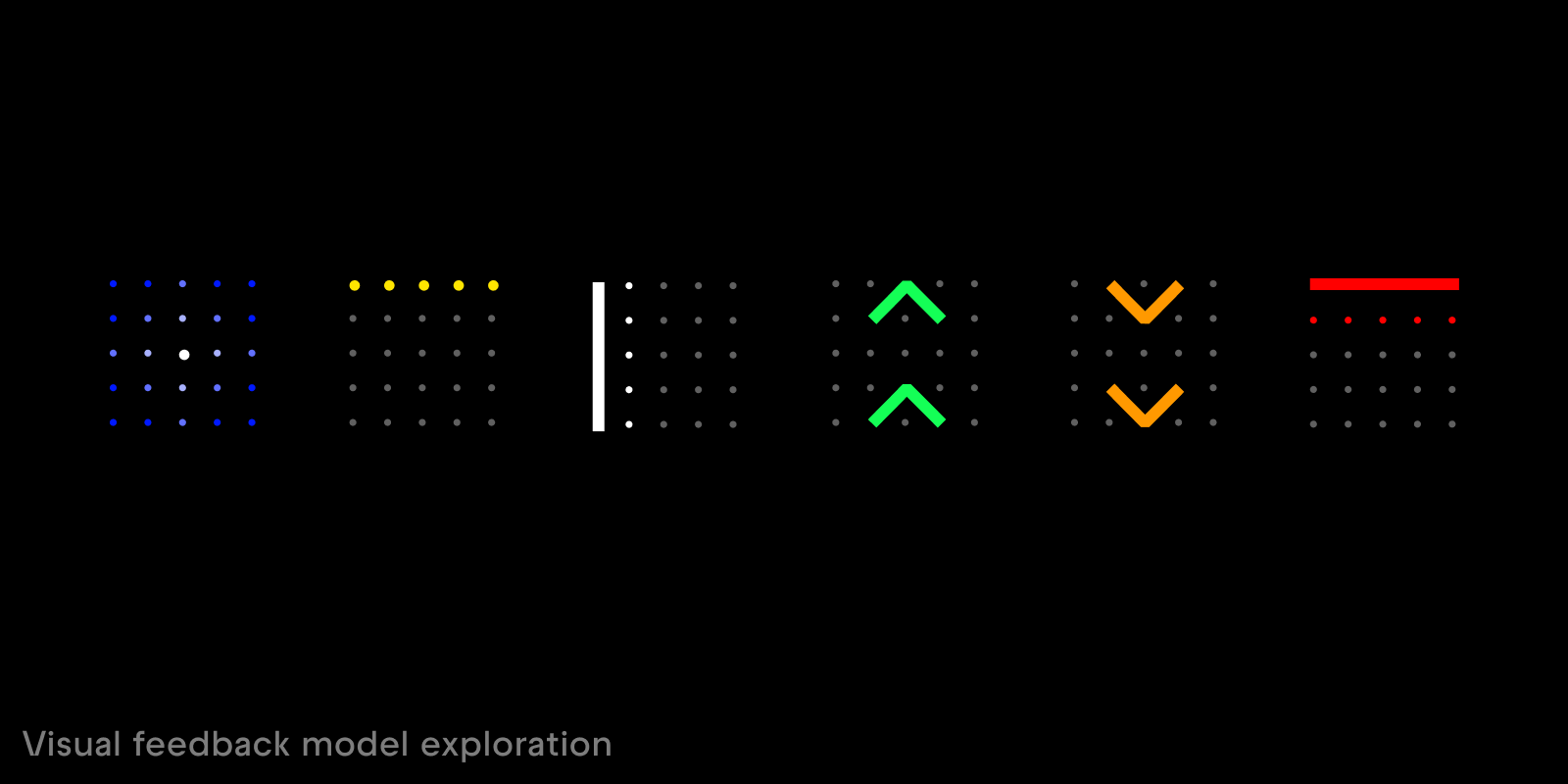Design for trust
The paradigm shift of UX
For five years I worked with the UX strategy for Volvo Cars and their next generation of vehicles. It is a very interesting time for the automotive industry. From a UX perspective it sets new demands on the interaction model that we know. The in-car experience has been more or less the same as long as we can remember. The challenge has been to design the experience of interaction in the context of driving. The context is changing but the technology is static. If we look at the traditional way of constructing interaction patterns, we have the user doing an activity in a context using some kind of technology.
user ︎ activity ︎ context ︎ technology
Now things are changing. Data insights and technology open up opportunities of automation and simplification. The car - or the system - can do things for you. What used to be a repetitive and rather boring interaction of turning on the defroster or opening the trunk will soon be solved by the system through sensors, data and predictions. And a capable system can adapt fast. The context is changing and so is the technology. This leads us to the next phase of UX where the model is reversed.
user ︎ activity ︎ context ︎ technology
Instead of designing how users interact with the product, we will compose the behaviour of the product. Instead of designing the experience of interaction, we will design the experience of reaction. To create such a system we have to build trust on all levels. From top-level strategies and principles down to every detail. We need to design a system that deserves to be trusted.

For the coming years this will be the main design problem to solve for the car industry. But this is relevant for all industries in the near future, especially if we consider the rapid development of AI. All industries will go through this shift in UX. And no matter what product, service or experience being developed it will have to be done on the pillars of trust. The future of user experience design is not about buttons, it’s about product behaviour.
Instant future ︎︎︎
Patrik Castenbladh 2025